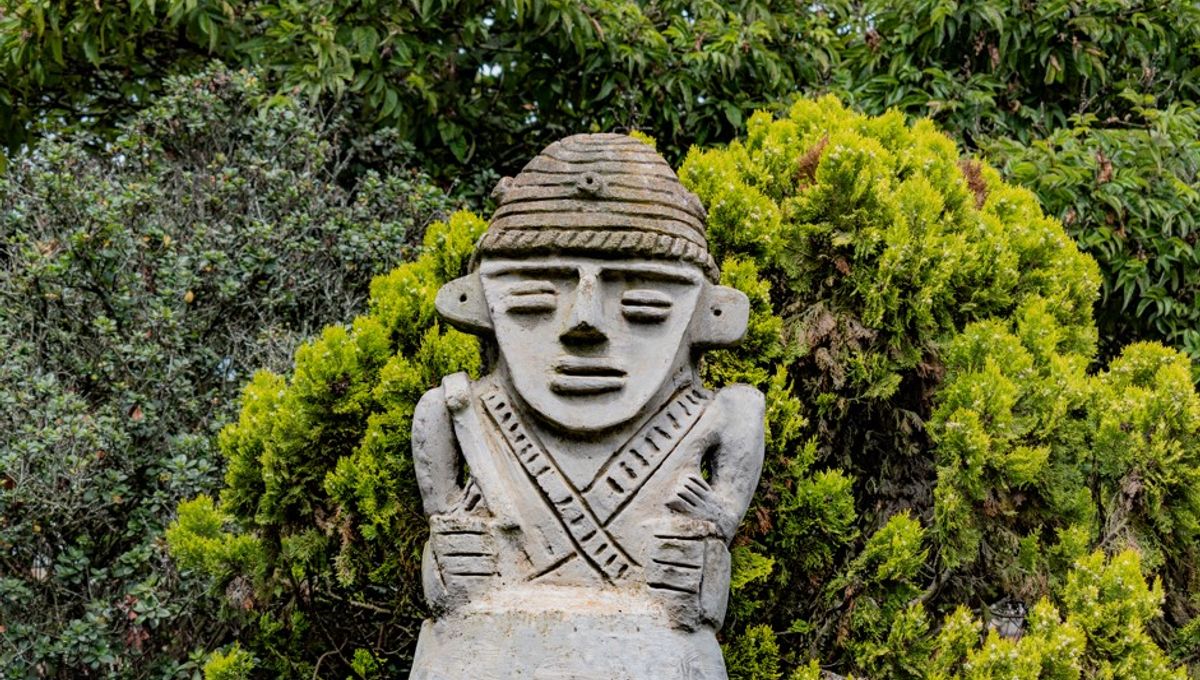
The very first people to set foot in South America belonged to a previously unknown group of hunter-gatherers that later disappeared without a trace, a new study suggests. Initially crossing the land bridge from Central America to northern Colombia some 6,000 years ago, this enigmatic population is completely unrelated to any South American community that has existed during the last two millennia.
“That genetic traces of the original population disappear completely is unusual, especially in South America,” explained Andrea Casas-Vargas – co-author of the new study about this long-lost culture – in a statement. After analyzing DNA from 21 ancient individuals from the Bogotá plateau – dated to between 6,000 and 500 years ago – the researchers detected the existence of this pre-Hispanic group at a high-altitude site called Checua.
“Our results show that the Checua individuals derive from the earliest population that spread and differentiated across South America very rapidly,” said first author Kim-Louise Krettek. After confirming that this group was not related to ancestral North American populations such as the Clovis or California Channel Island cultures, the researchers deduced that these 6,000-year-old remains belonged to a southern Native American lineage that was responsible for the earliest human forays from Central to South America.
However, genetic traces of this primordial population were completely absent from all other genomes younger than 2,000 years old, and can’t be found in any present-day Indigenous groups. “We couldn’t find descendants of these early hunter-gatherers of the Colombian high plains – the genes were not passed on,” said Krettek. “That means in the area around Bogotá there was a complete exchange of the population.”
Exactly how this ancient population was extinguished is hard to say, although their disappearance coincides with the emergence of a new type of pottery known as the Herrera ceramic complex, which first appeared some 3,000 years ago. Unlike the newly-discovered hunter-gatherers, Herrera-associated groups are thought to have practiced agriculture – particularly maize cultivation – and later gave rise to a new culture known as the Muisca.
Genetic and cultural continuity between these ancient Herrera and Muisca populations and modern-day Indigenous South Americans is well documented. For instance, the various Chibchan languages that these cultures introduced to the continent are still spoken in parts of northern Colombia.
What this new research suggests, therefore, is that the spread of maize cultivation and pottery across South America was mediated by population turnover rather than cultural diffusion. In other words, this second wave of migration into South America completely replaced the region’s earlier inhabitants, rather than assimilating them.
The study is published in the journal Science Advances.
Source Link: 6,000 Years Ago, A Mysterious Human Population Entered South America – Then Vanished Without A Trace